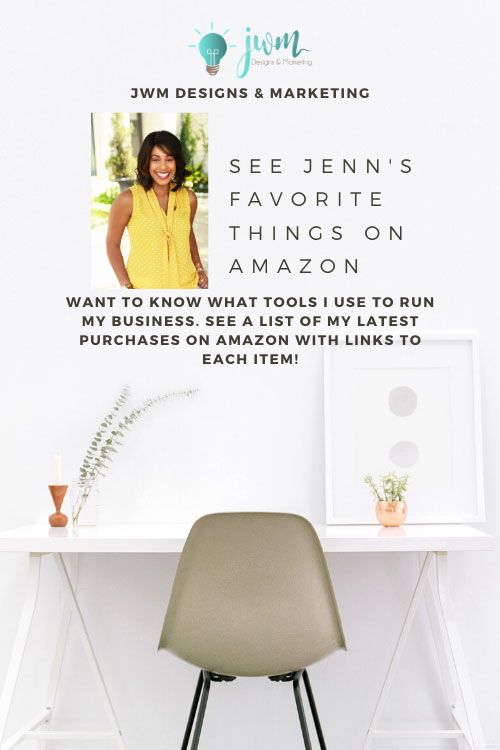Hi Legacy Builders! Welcome to the Fair Use chapter of the IP for Business Blueprint Course. I’m Jenn McNeely with JWM Designs and Marketing, and in this video lesson, I’m going to explain fair use, what it is, the factors to determine fair use, and how to know if your use of copyrighted material is protected by fair use. This is a stand-alone chapter in this course that will get you ready for the chapters that are all about OPIP, other people’s intellectual property.
Why now. In business, the likelihood of you brushing up against someone else’s intellectual property is very high. Whether it’s using photos or graphics in your advertisements for your business, creating content for your blog, or creating DIY craft projects with supplies from different brands, you need to understand how to use other people’s intellectual property without infringing on their rights. The best way to avoid infringing on other people’s property is to get permission to use protected materials. But that’s not always the easiest and most efficient way to go about using other people’s property. Under certain circumstances, you don’t need the permission of the intellectual property owner to use their work.
What is fair use? At its most basic of definitions, fair use is a legal principle that allows for the use of copyrighted work without first getting the permission of the copyright owner. Generally, if you use copyrighted materials without the permission of the owner, you are infringing on the owner’s exclusive right to use the copyrighted material. What fair use provides is a way for you to use the copyrighted material under certain circumstances without infringing on the owner’s rights and therefore avoid putting you at risk for potential liability. Examples of fair use of copyrighted material would be a critique or review of a protected work, for educational or non-profit purposes, for news reporting, or for research. It is important to note that only a court can determine whether a use is fair or not. Courts evaluate fair use claims on a case-by-case basis, and the outcome depends on the specific facts of each fair use claim. There is no hard and fast rule that will determine the outcome of a fair use claim, but instead, a multi-factor balancing test is used for each case.
What You Can Expect: Each week I will post a new chapter on my blog and my YouTube Channel. Be sure to download the e-notebook for this course. It is packed with so much information and with space for you to take notes.
Link to e-notebook: https://bit.ly/2SIufR8






